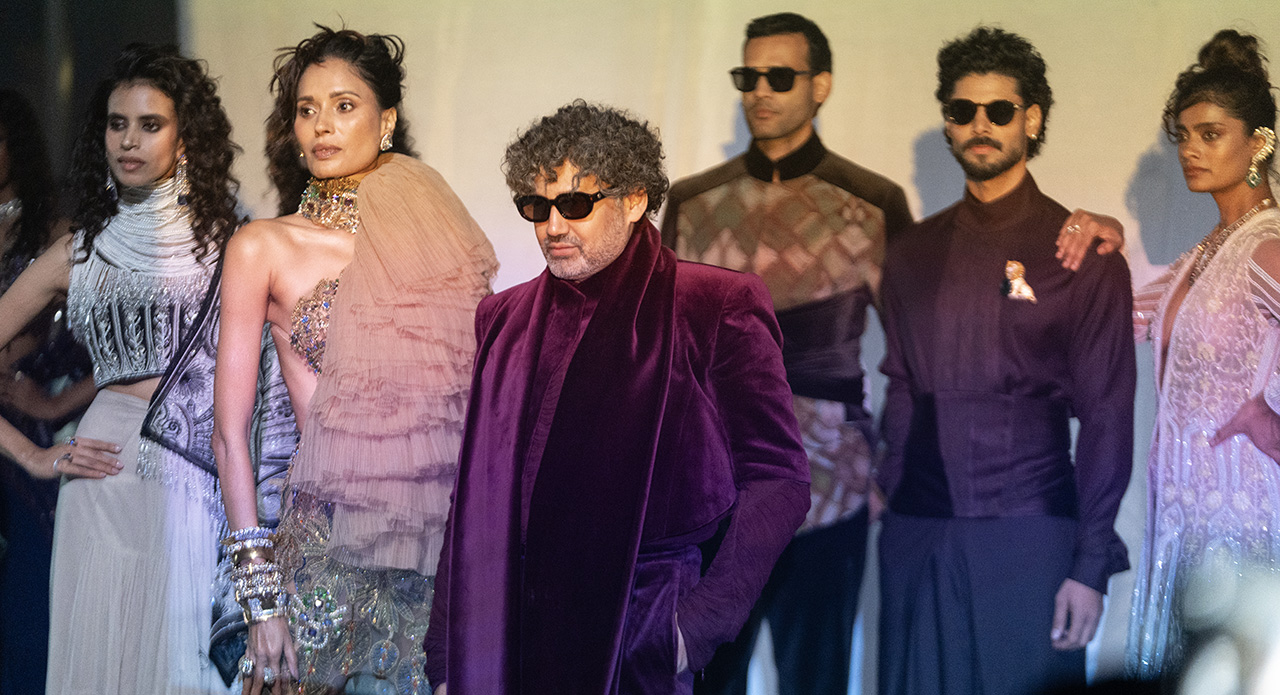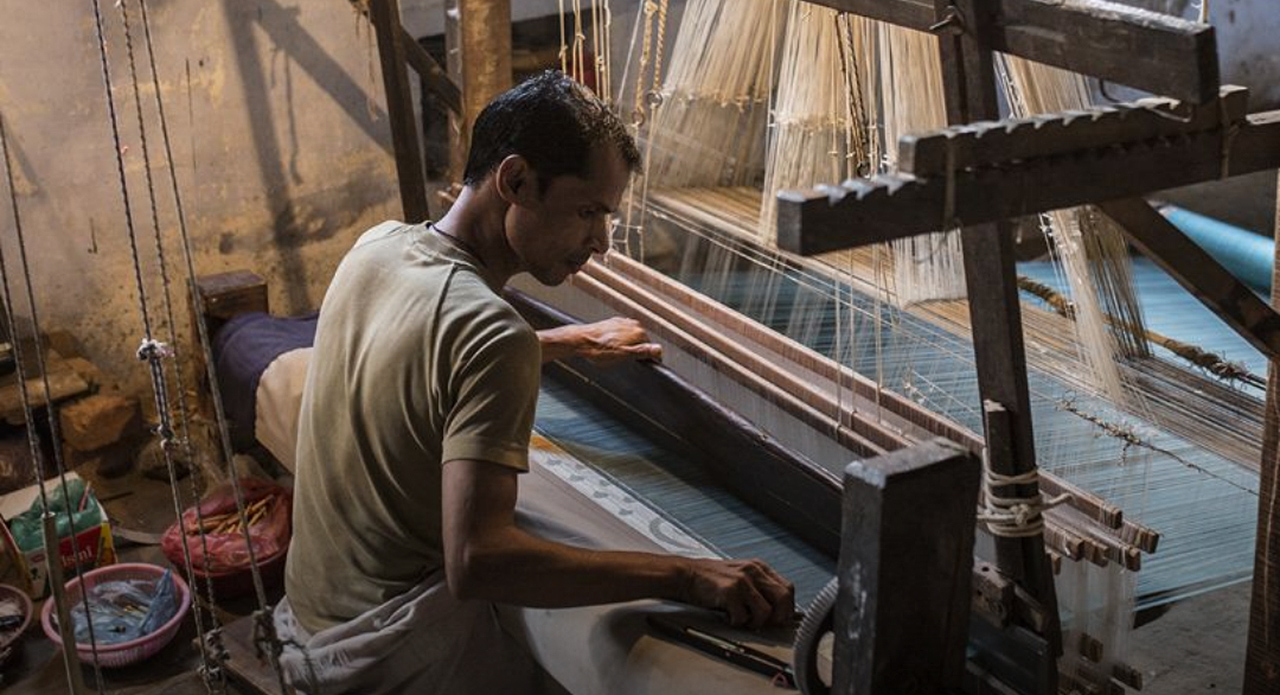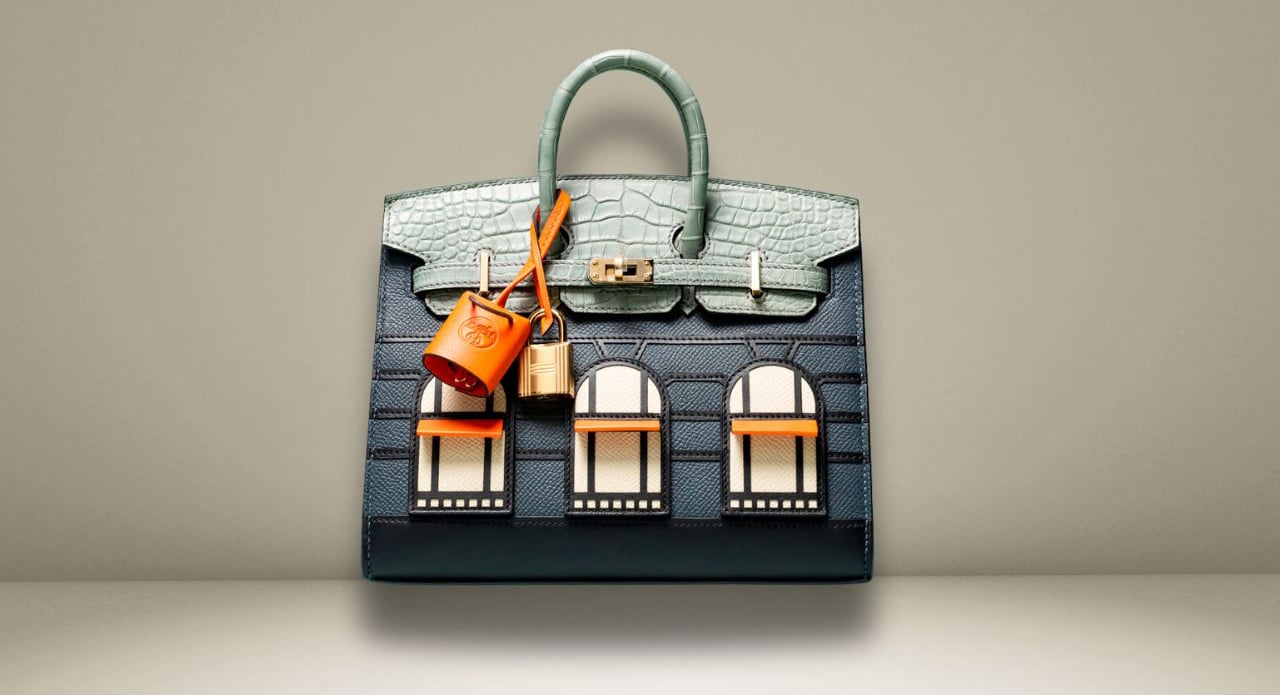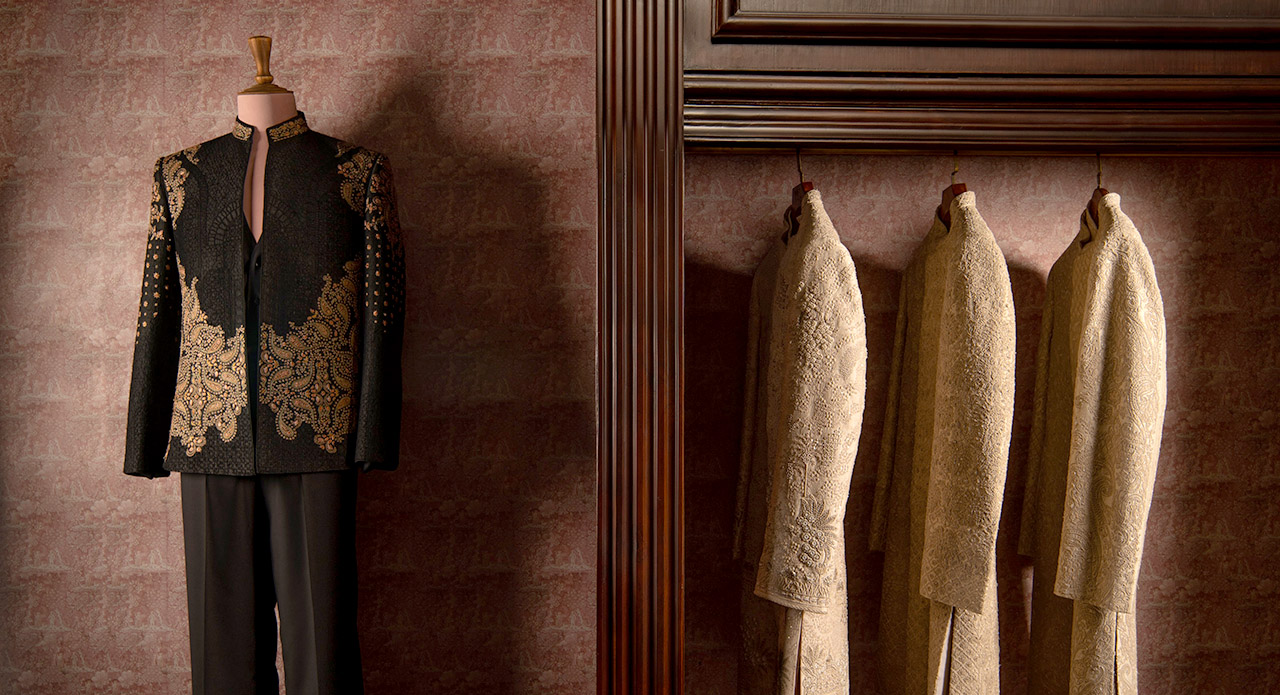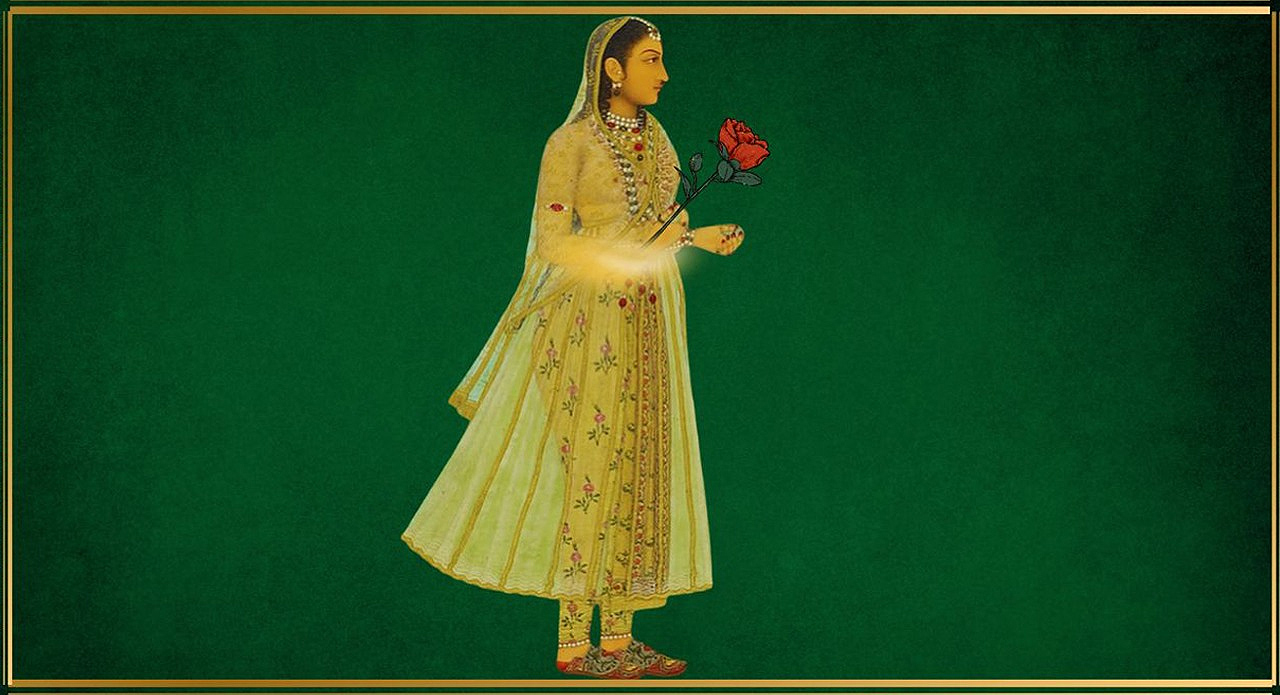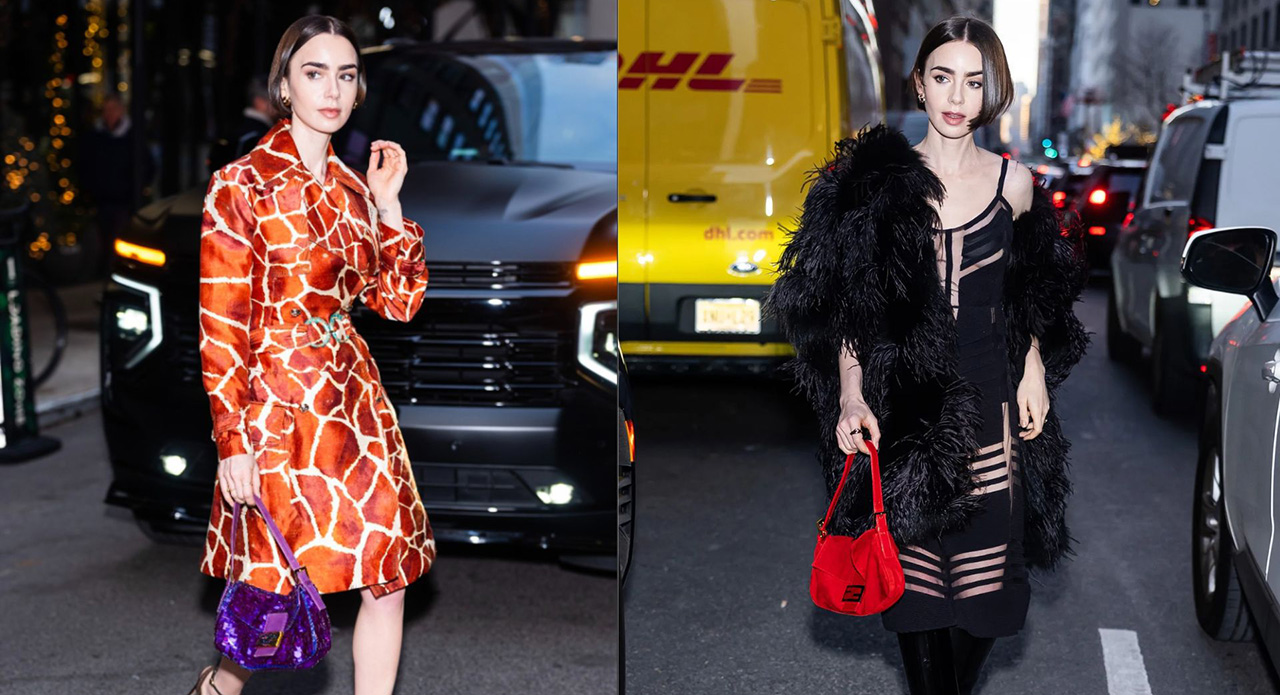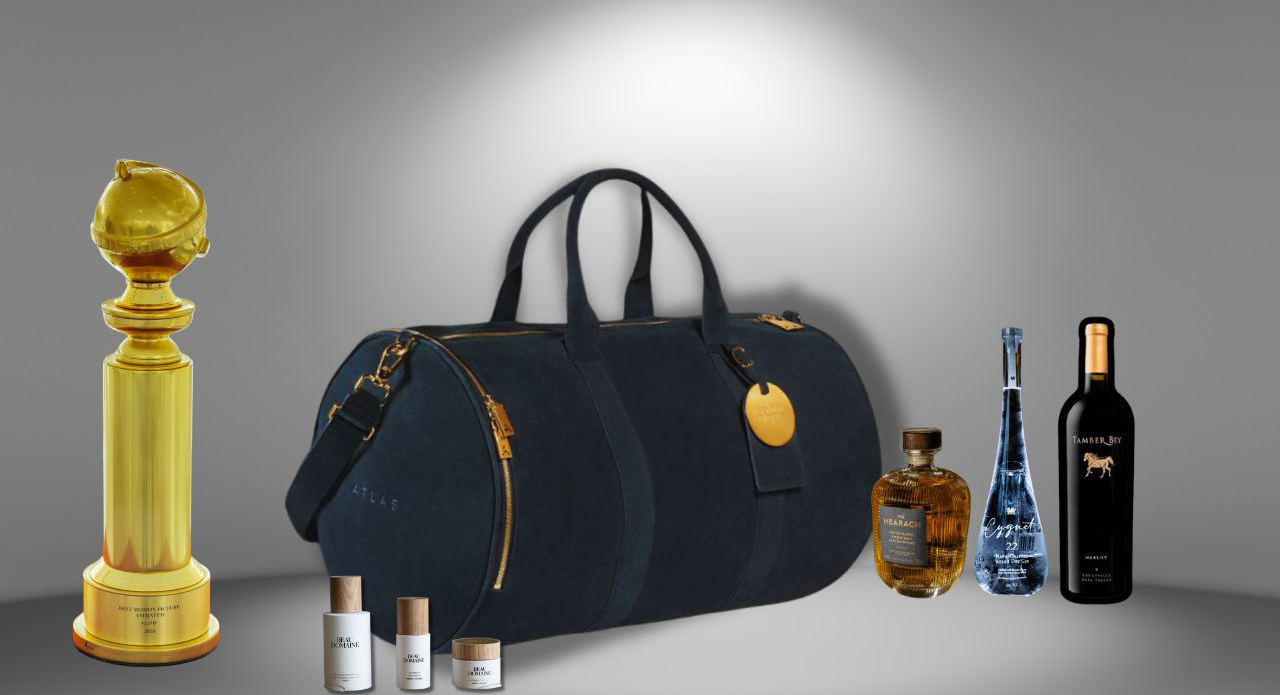When Jonathan Anderson took his first bow as Dior’s new creative head at the Fall 2025 Couture Week in Paris, all eyes were on the fresh energy he brought to the storied French house. But among the architectural silhouettes and poetic cuts, one particular piece — a glimmering couture look reportedly priced upwards of $200,000 — made headlines for a very different reason. Adorned with intricate metallic hand embroidery, the garment was quickly identified by experts as featuring Mukaish work, a centuries-old craft that originated in India. However, what should have been a moment of celebration for Indian craftsmanship soon turned into a quiet controversy.

Critics and observers noted that the house failed to credit Indian artisans, designers, or collaborators in any official communication. Despite the visible roots of this embroidery in Lucknow’s heritage-rich past, Dior — a brand known for its occasional collaborations with Indian karigars — kept the source vague this time. Fashion insiders, heritage conservators, and design activists pointed out that omitting acknowledgement of a traditional artform—especially one so historically rooted—reflects a larger pattern of cultural erasure in the global luxury industry.
What Is Mukaish Embroidery?
Mukaish embroidery, also known as mukaish work or badla work, is a form of metallic thread embroidery traditionally practised in Lucknow, Uttar Pradesh. Believed to have been introduced during the Mughal era, the technique uses fine needles and flattened metal wires—typically silver or gold—to create dotted motifs or floral patterns. Unlike heavier embellishments like zardozi or gota, mukaish work offers a delicate, glistening finish, often described as a “light-catching shimmer” scattered across soft fabrics like chiffon, georgette, or silk.

There are two main types of Mukaish: fardi (dot work) and jali (net-like motifs). Artisans achieve the effect by twisting metallic wires through fabric, flattening them by hand, and creating a surface texture that’s both subtle and luminous. It’s painstaking work — a single dupatta or sari can take several weeks to complete — and requires a rare blend of precision, patience, and artistry.
A Heritage of Royal Patronage
Mukaish embroidery was once a staple in Nawabi courts and Mughal wardrobes. Traditionally worn by aristocratic women, it carried both symbolic and aesthetic value. Over time, the craft became an integral part of bridal trousseaus and festive attire in North India. Yet despite its heritage status, Mukaish work has seen fluctuating demand in contemporary fashion, often overshadowed by flashier or more commercially friendly techniques.
View this post on Instagram
In recent years, however, Indian designers like Abu Jani Sandeep Khosla, Rahul Mishra have worked to revive and reposition Mukaish on global runways. These couturiers have paired the embroidery with modern silhouettes, giving the age-old craft a fresh vocabulary — and a platform. But the fight for recognition of the artisans behind it remains ongoing.
Has Luxury Fashion Used Mukaish Before?
While many global designers have dabbled in Indian textile techniques — from Jean Paul Gaultier’s use of Banarasi silks to Chanel’s incorporation of gota and resham — Mukaish embroidery has largely remained under the radar in international couture. That’s why Dior’s use of the technique in such a prominent look came as both a pleasant surprise and a missed opportunity.

Although Maria Grazia Chiuri, Dior’s previous creative director, was praised for her transparent collaborations with Indian karigars via the Chanakya School of Craft, Anderson’s collection offered no such acknowledgements. It’s unclear whether the piece was made in India or replicated elsewhere — but the aesthetic signature of Mukaish was unmistakable. And when visibility is offered without attribution, it raises questions about the role of cultural respect and creative integrity in fashion’s most prestigious corridors.
Beyond the Shine
Mukaish embroidery is more than a decorative accent — it’s a living tradition that continues to be practised by clusters of artisans in India, many of whom are underpaid, undervalued, and fading into anonymity. As luxury houses tap into traditional aesthetics for fresh inspiration, the least they can offer is acknowledgement.
ALSO READ: Jonathan Anderson Makes His Dior Men’s Debut With A Thoughtful, Culture-Soaked Collection
Jonathan Anderson’s Dior debut may have brought Mukaish embroidery to the couture spotlight — but it also sparked an essential conversation about respect, visibility, and the need for more transparent cultural storytelling in fashion. After all, in an industry that thrives on details, credit isn’t just a courtesy — it’s couture.




